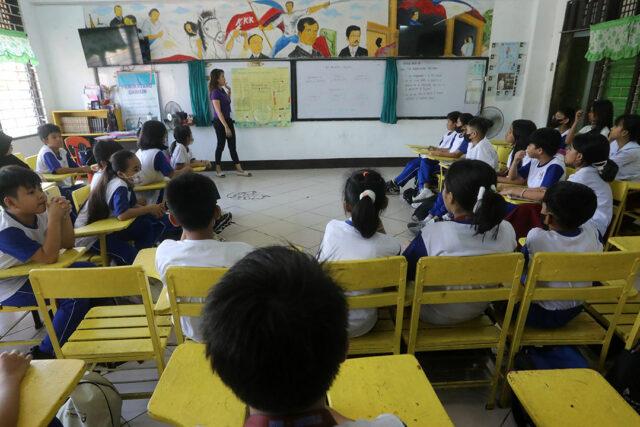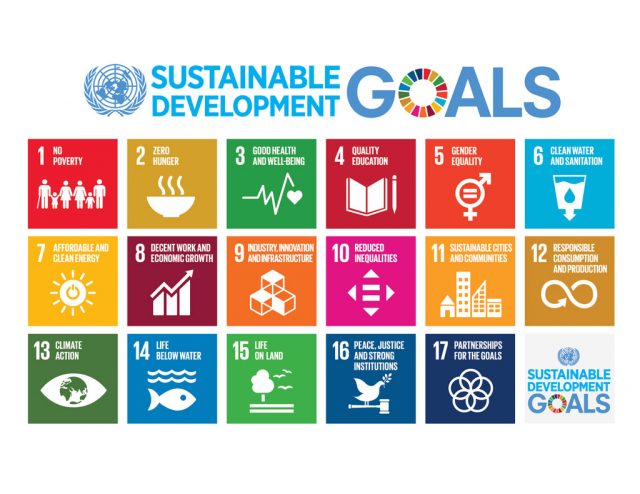Comelec response to FOI case sought
THE Supreme Court (SC) on Tuesday ordered the Commission on Elections (Comelec) and its partner for the 2025 midterm election, Miru Systems Co., Ltd. (Miru) and others, to comment on a petition requesting information.
In a news briefing in Manila City, Spokesperson Camille Sue Mae L. Ting said the high court en banc required Comelec and Miru joint venture to comment on the petition filed by the Right to Know Right Now Coalition.
The joint venture is made up of Miru, Integrated Computer Systems, St. Timothy Construction Corporation (STCC) and Centerpoint Solutions Technologies, Inc. (Miru joint venture).
 The plaintiffs urged the high court to direct Comelec and the joint venture to respond to their Freedom of Information (FOI) request, citing the public’s constitutional right to access information on matters of public interest.
The plaintiffs urged the high court to direct Comelec and the joint venture to respond to their Freedom of Information (FOI) request, citing the public’s constitutional right to access information on matters of public interest.
They are also requesting the high tribunal to establish rules to address procedural gaps in enforcing this right under the Constitution.
Comelec and the Miru joint venture signed an P18-billion contract to implement the automated election system for the 2025 national and local elections.
However, STCC later withdrew from the consortium, prompting the petitioners to seek information from Comelec and the joint venture regarding their continued compliance with the contract’s legal, financial, technical, and operational requirements.
“We will comply accordingly. On the part of Comelec, we provided them everything that they requested per our policy of complete transparency. We have records to prove that and certainly, include these in our Comment,” Comelec Chairman George Erwin M. Garcia told reporters in a Viber chat. — Chloe Mari A. Hufana











